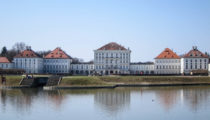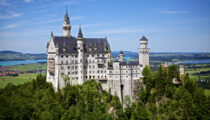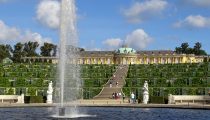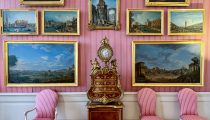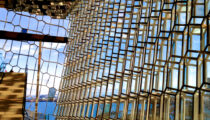May 1, 2024
Sanssouci: Exquisite Interiors & Gardens in Potsdam, Germany
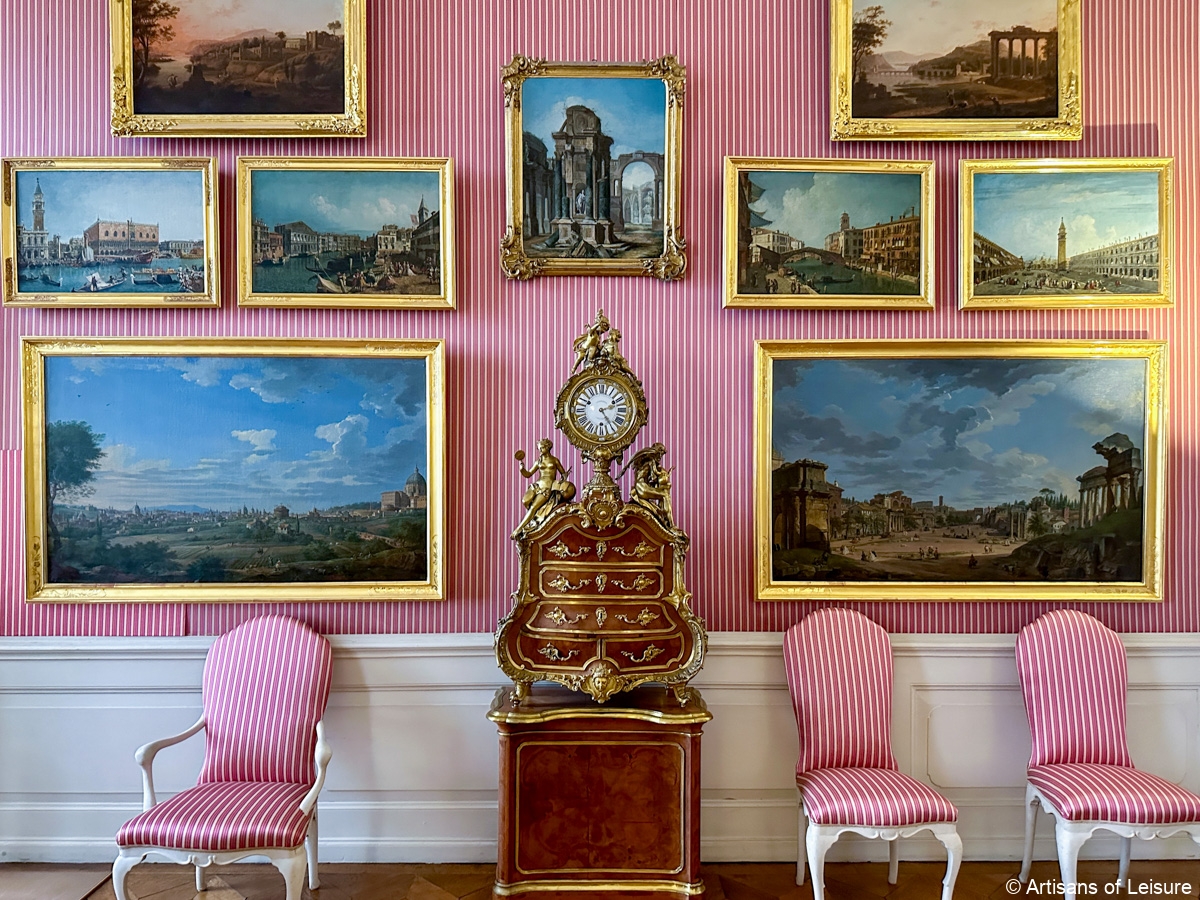 Sanssouci Palace in Potsdam, Germany, is one of our favorite private day excursions from Berlin. Completed in 1747 as the summer residence of the Prussian king Frederick II, Sanssouci has elegant Rococo interiors and a tranquil atmosphere that reflects its name, which means “without a care” in French.
Sanssouci Palace in Potsdam, Germany, is one of our favorite private day excursions from Berlin. Completed in 1747 as the summer residence of the Prussian king Frederick II, Sanssouci has elegant Rococo interiors and a tranquil atmosphere that reflects its name, which means “without a care” in French.
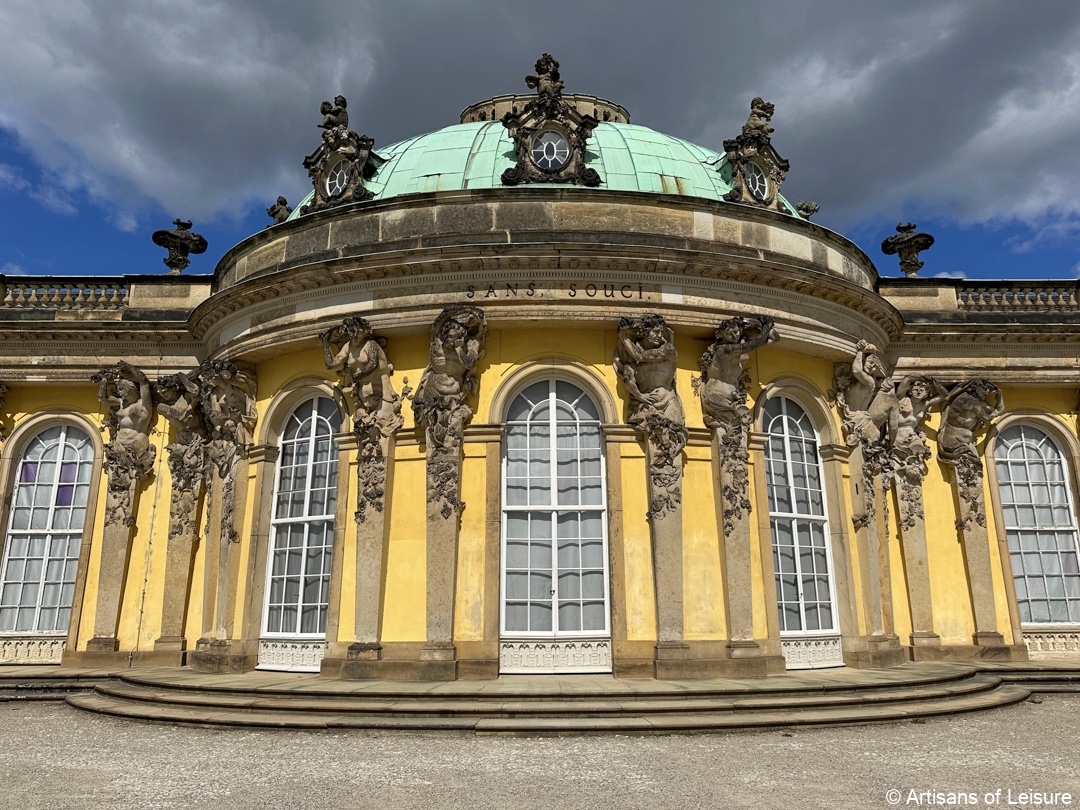
Frederick II—also known as Frederick the Great—conceived Sanssouci Palace and its surrounding gardens and vineyard as an artistic ensemble that expressed his ideal of living in harmony with art and nature.
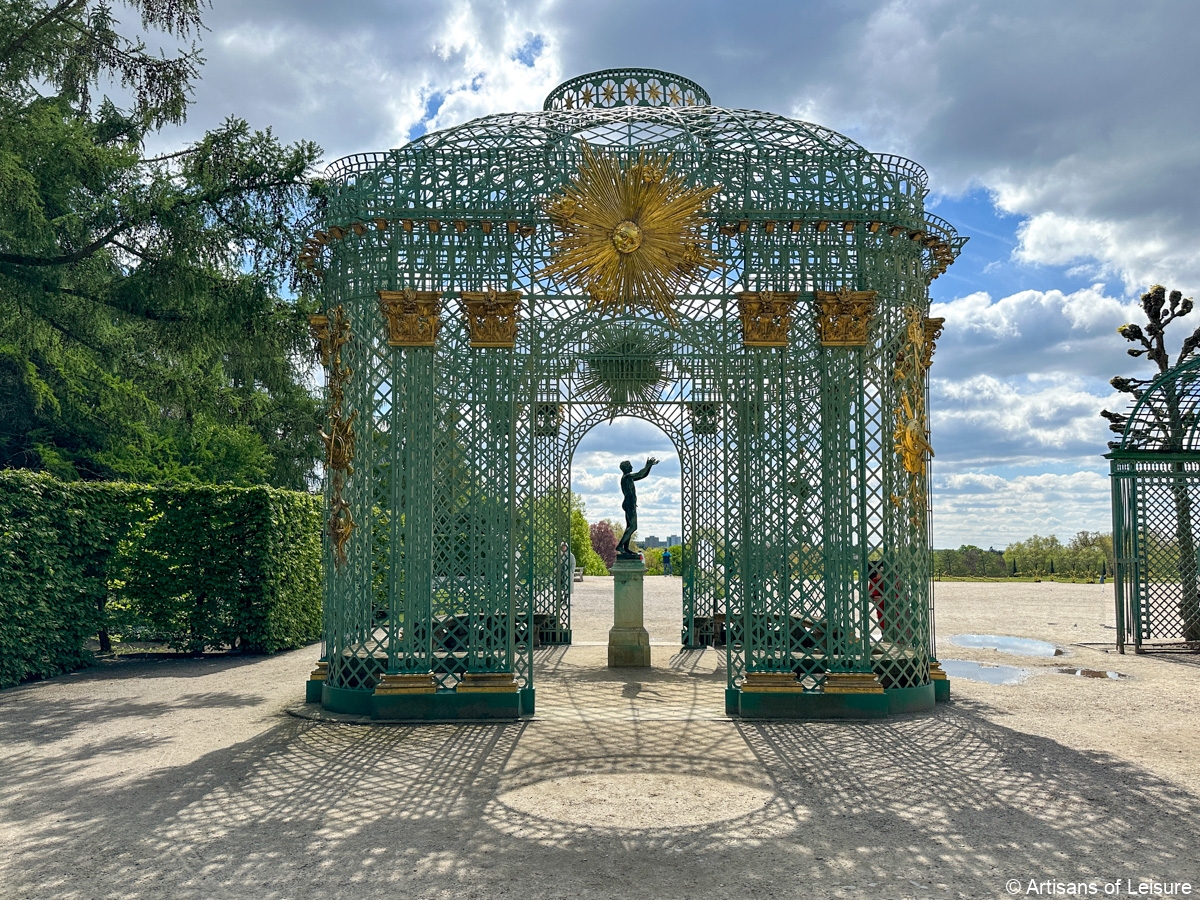
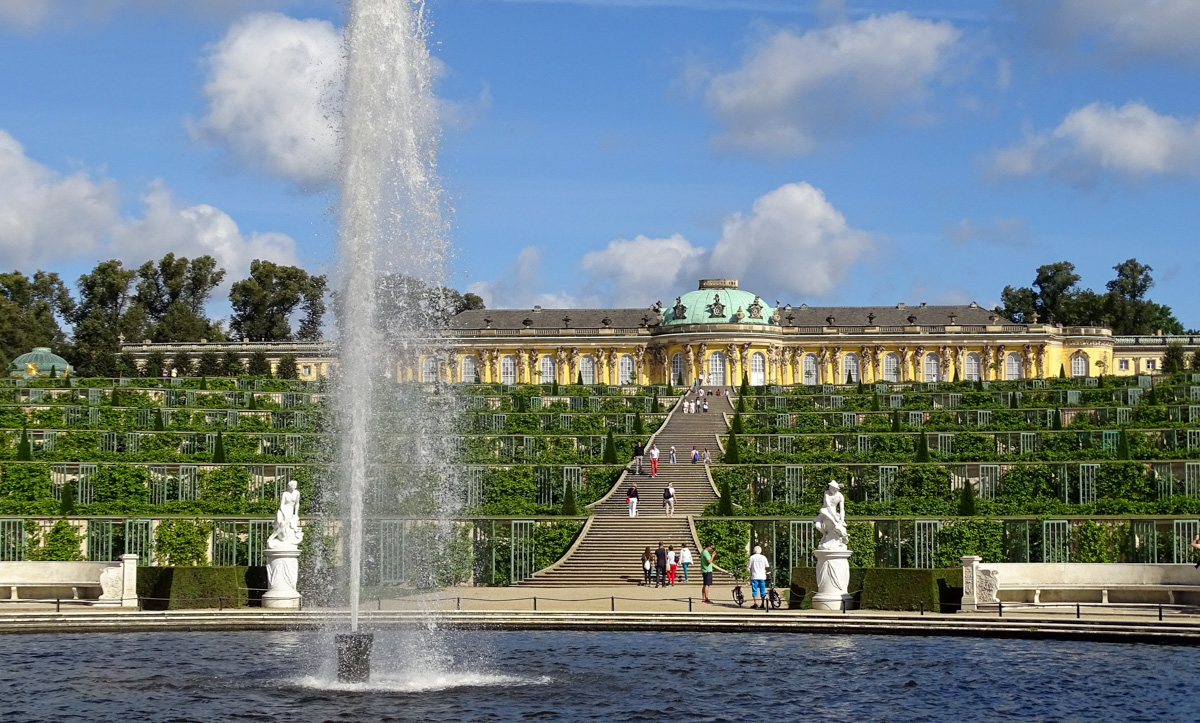
Intended as a rural retreat from court life, Sanssouci has the intimate scale of a private villa rather than a grandiose royal palace. Rooms in the long, narrow building overlook the gardens, creating light-filled spaces with soothing views. In this private sanctuary, Frederick II could entertain friends and admire his terraced vineyards and the parkland beyond.
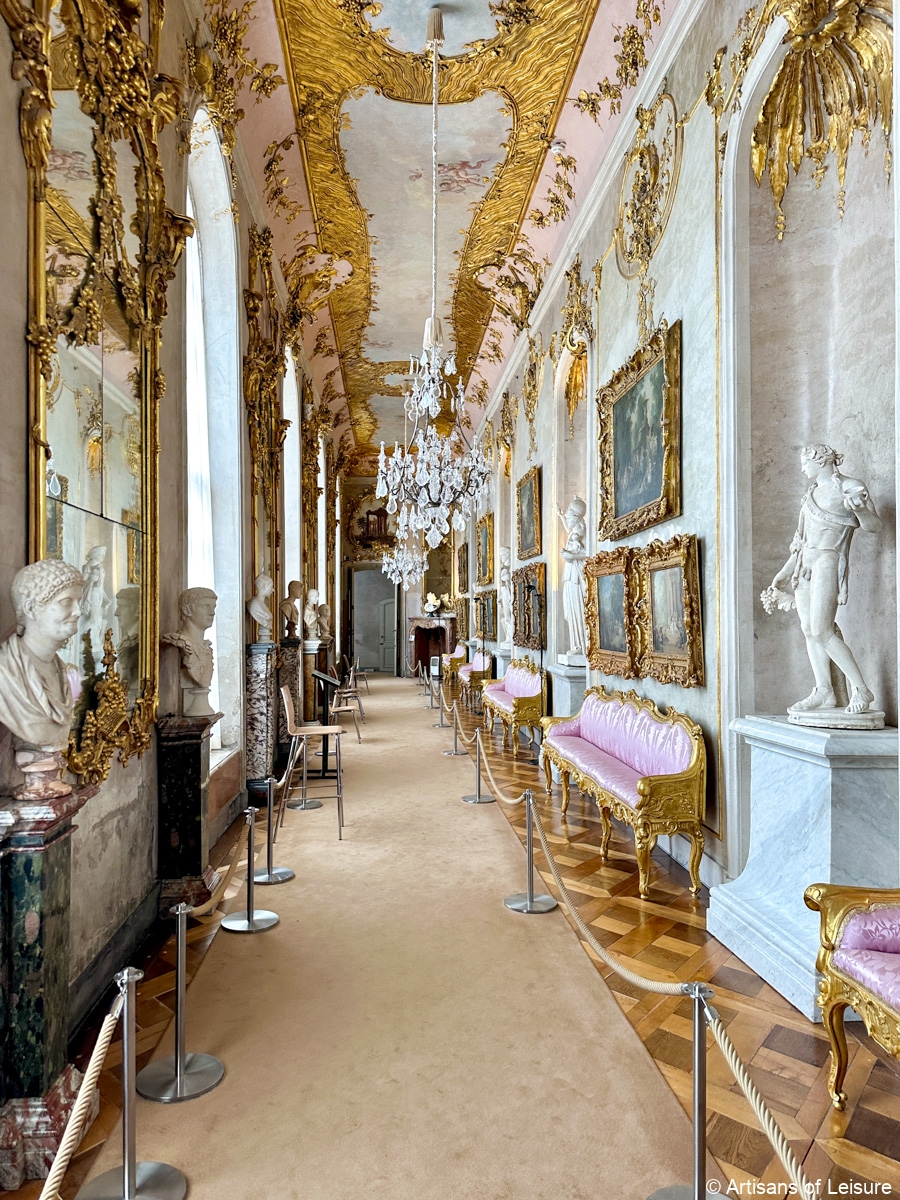
Highlights of the interiors of Sanssouci include the Marble Hall, an elliptical space with marble columns, inlaid floors, classical sculptures and a gilded dome inspired by the Pantheon in Rome.
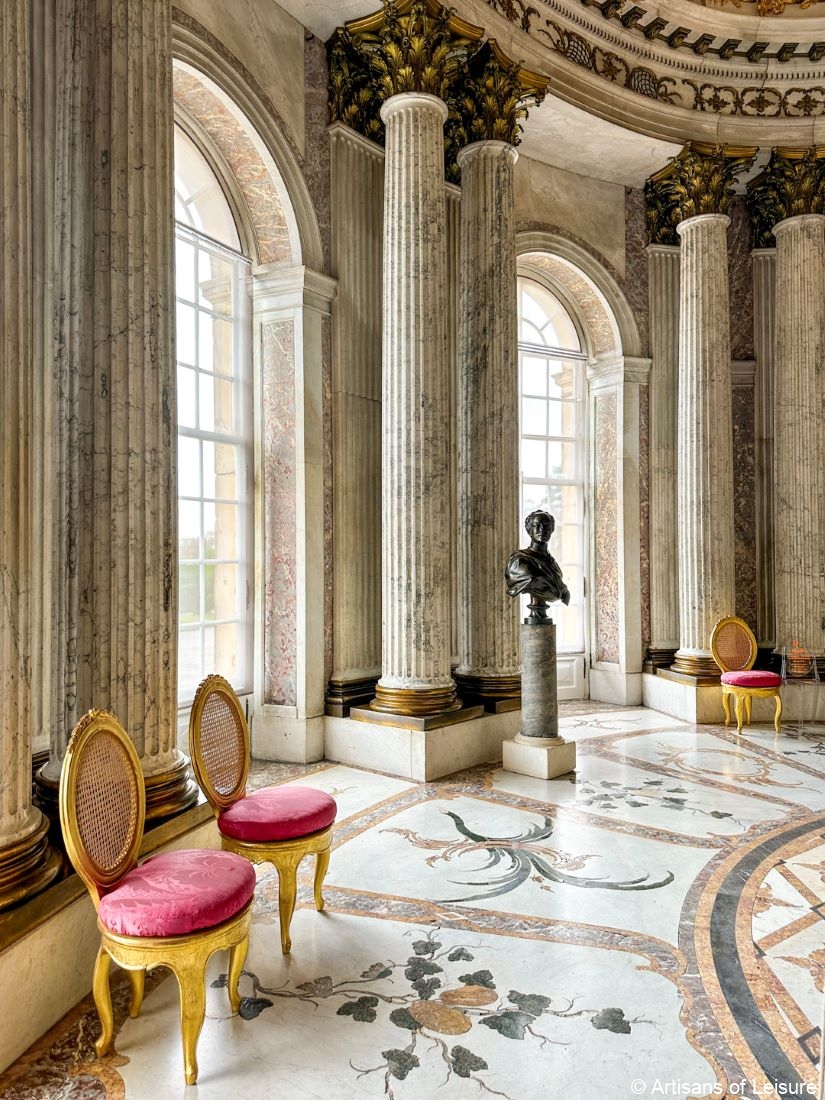
The Marble Hall was the main reception room and hosted dinner parties, balls and philosophical debates.
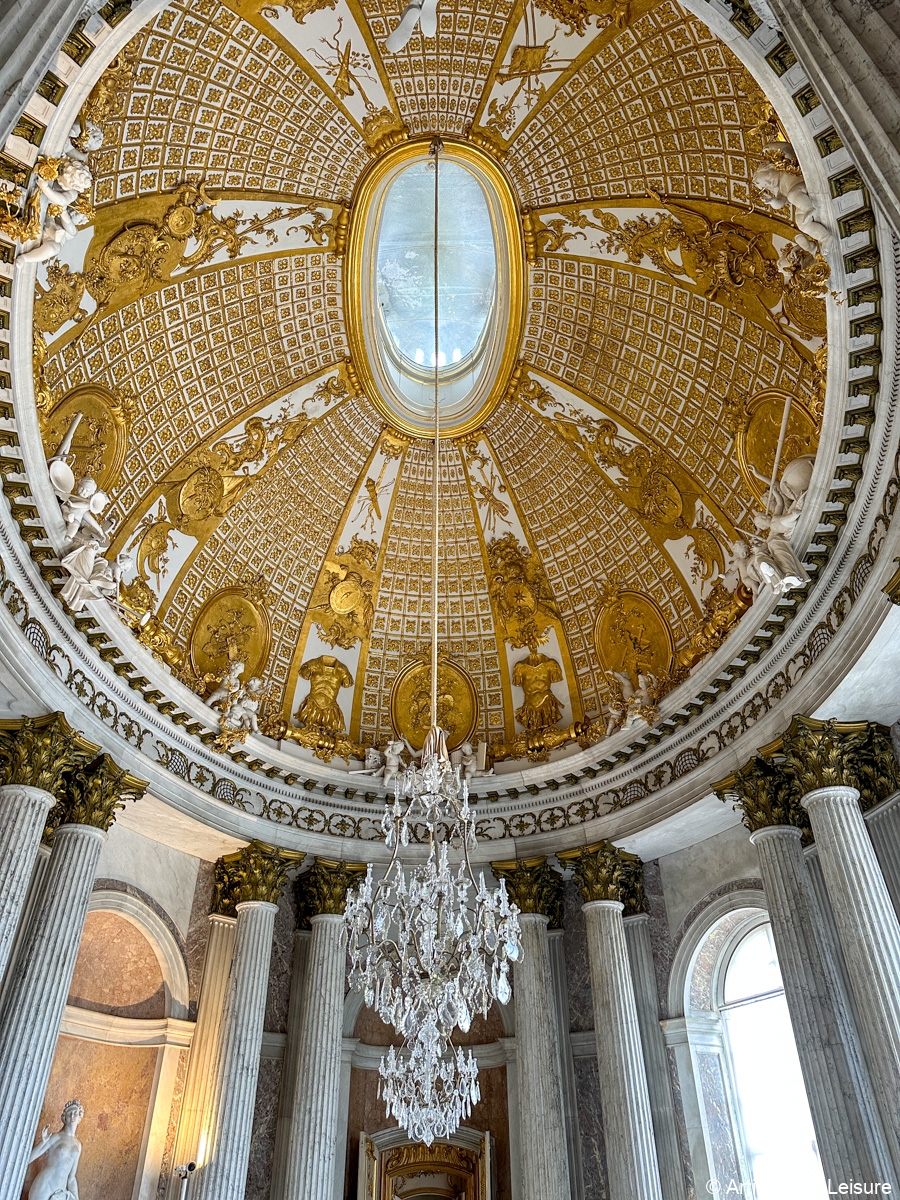
A beautiful example of German Rococo, the Music Room is filled with mirrors, paintings and exuberant gilding. Frederick II, who was a talented lute player and composer, frequently performed here in the evenings.
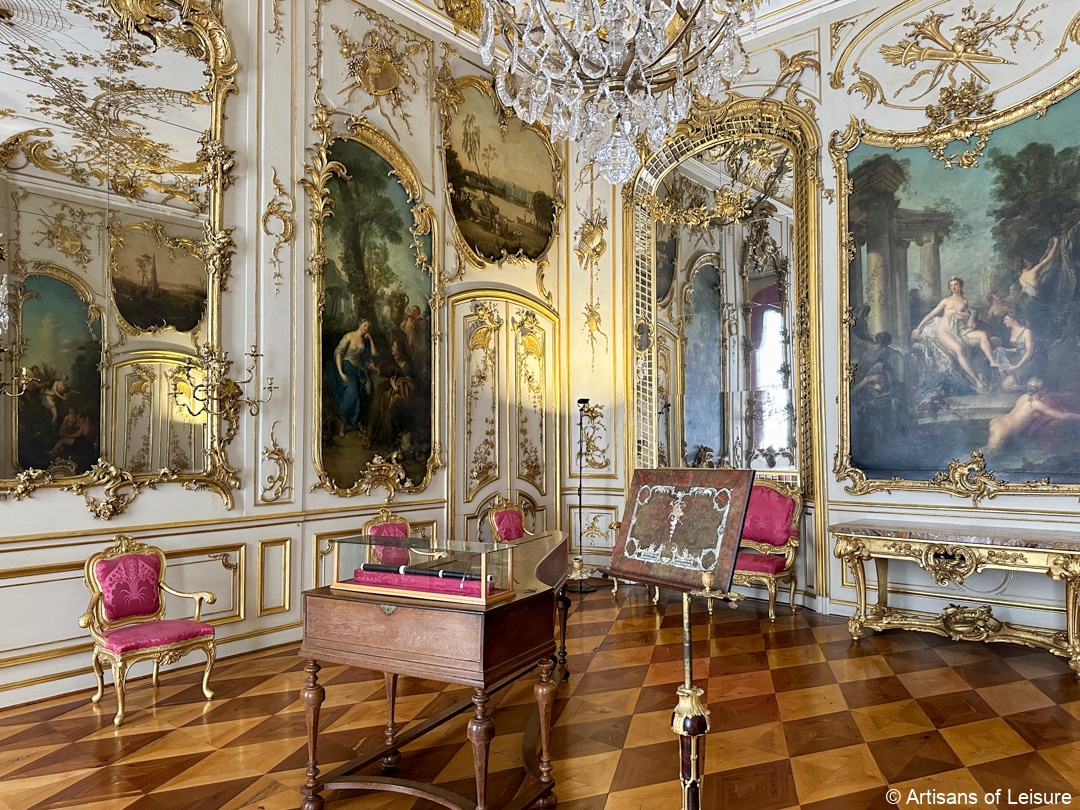
The king’s private apartments include a small audience room decorated with lavender damask and paintings by 18th-century French artists…
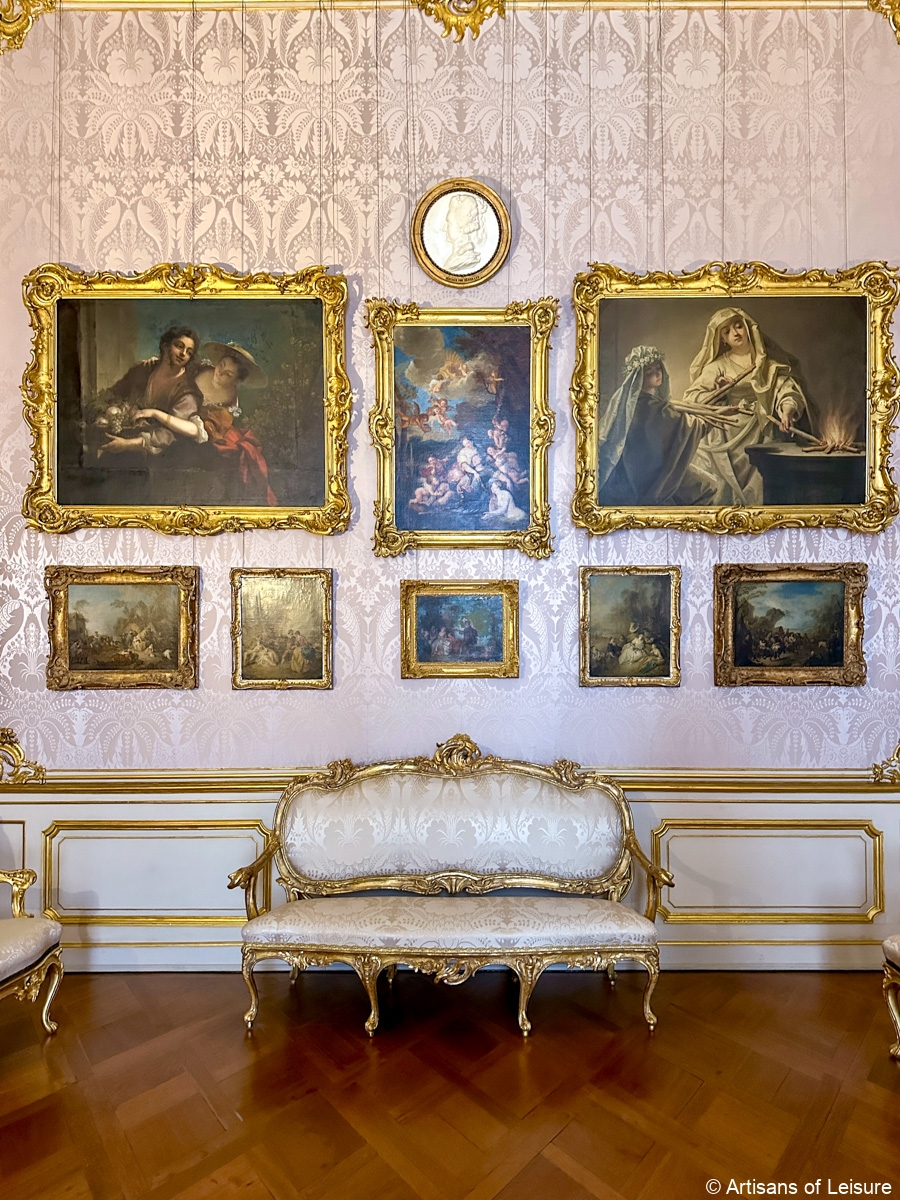
…and several guest rooms, each with a different decorative scheme. The room named after Voltaire, the French philosopher who frequently visited Sanssouci, is particularly memorable for its yellow lacquer walls adorned with wood carvings of birds, flowers and fruit.
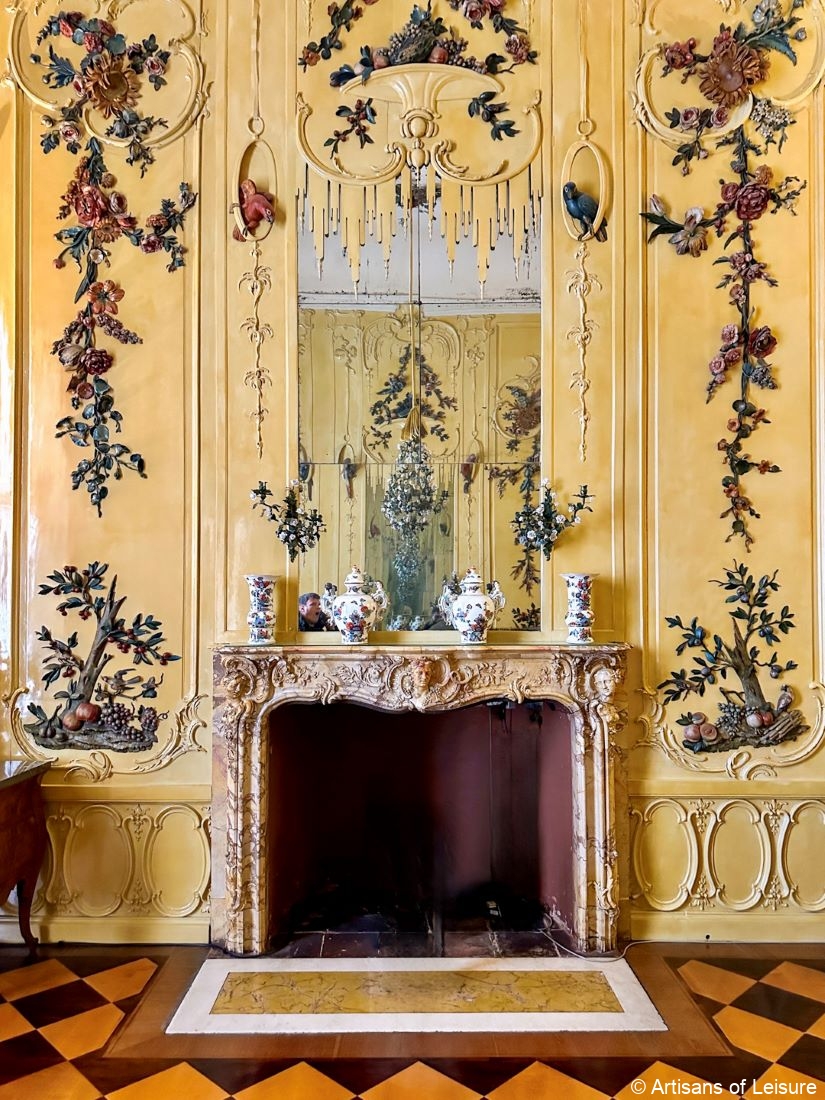
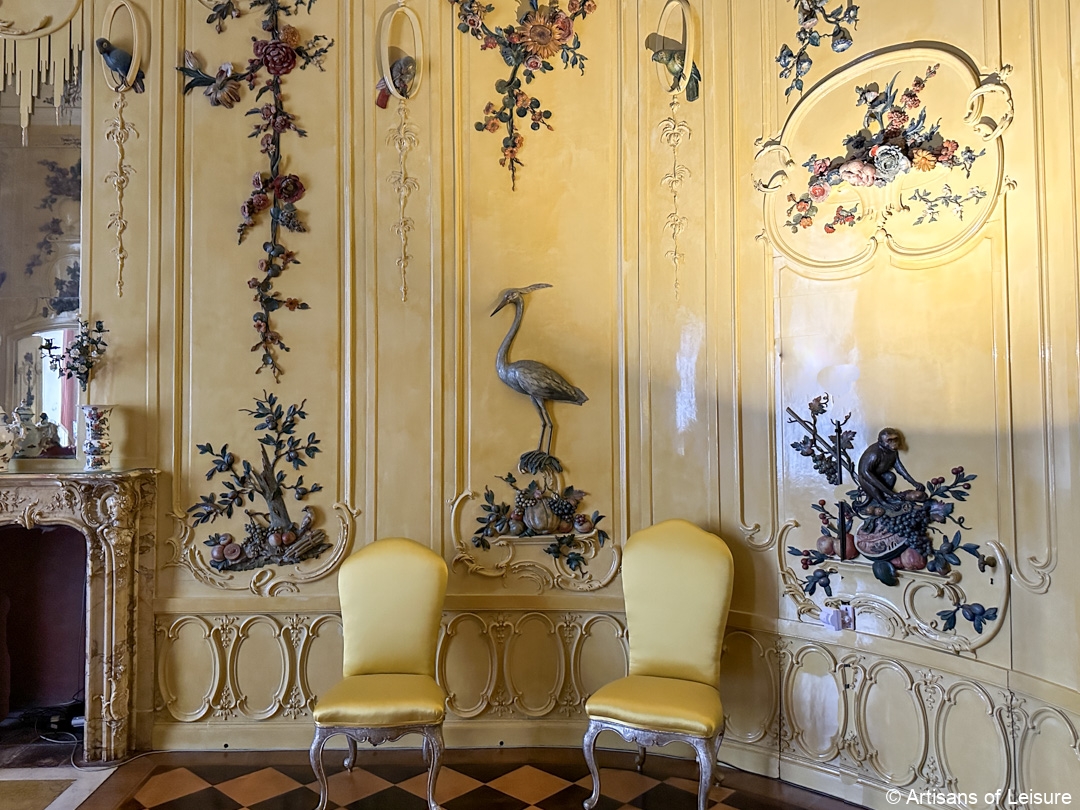
The Library is a circular room that holds leather-bound volumes of French literature (including many works by Voltaire) and ancient Greek and Roman writings on its cedar shelves.
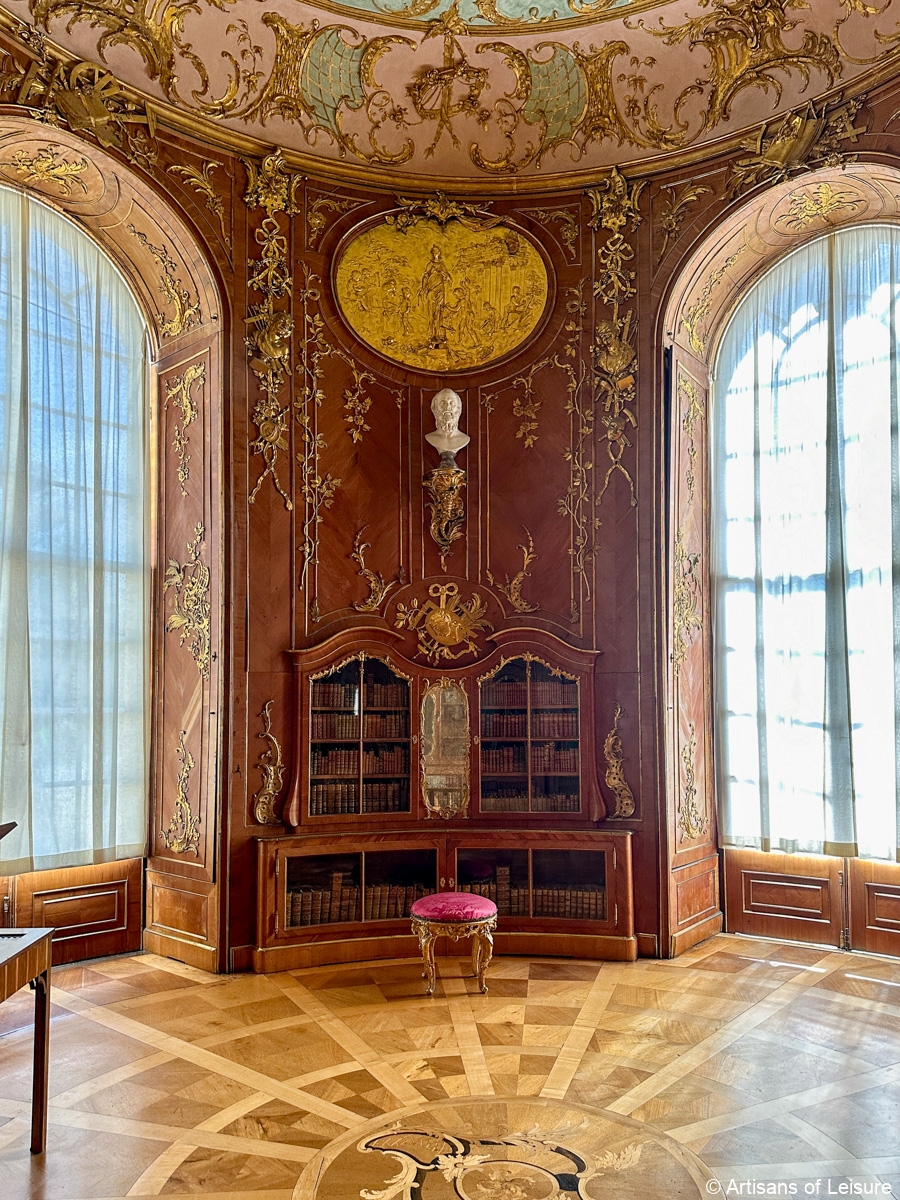
Frederick planted the terraces below the palace with fruit trees as well as grapes. He also laid out lawns, flower beds, parterres and vegetable gardens throughout the parkland, further decorating the green spaces with fountains, follies and statues.
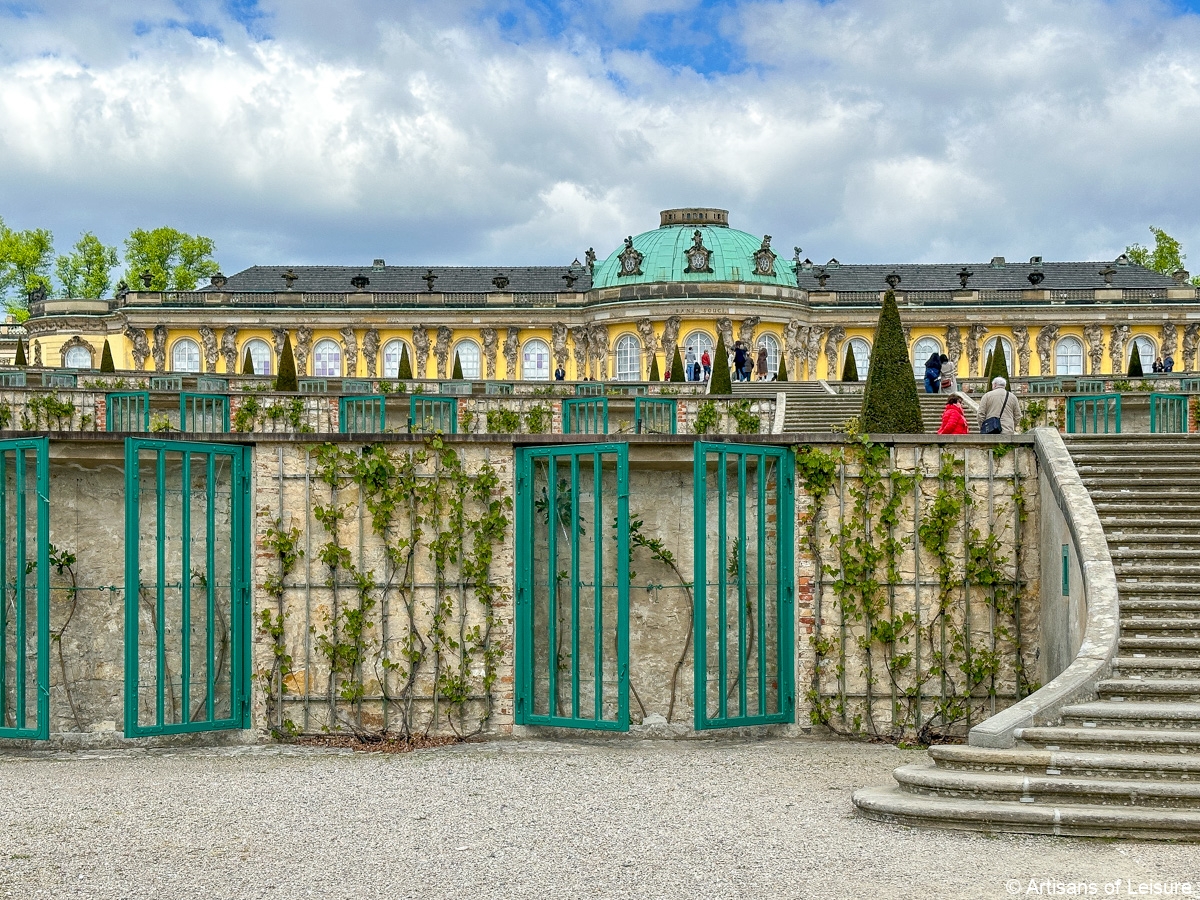
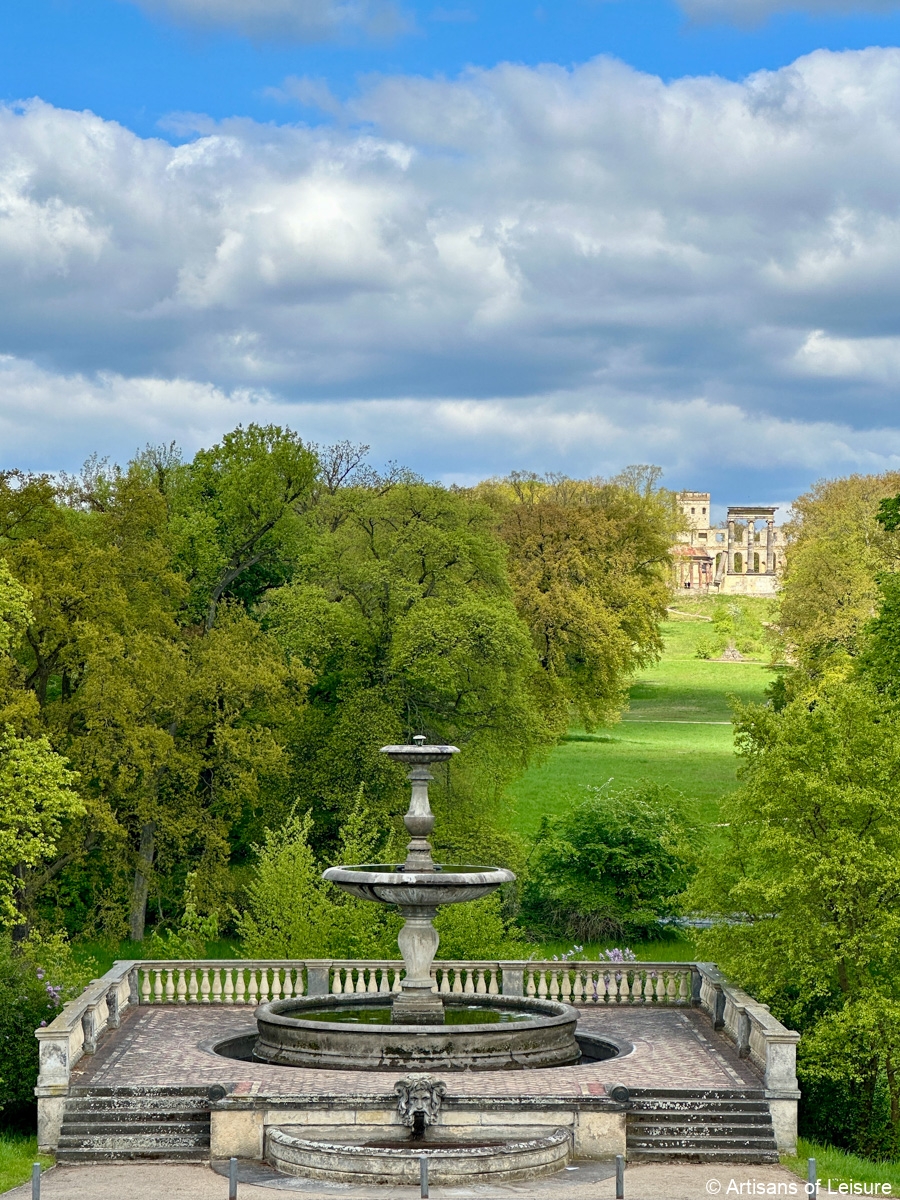
Over the 18th and 19th centuries, Frederick II and his successors built additional palaces, guesthouses and other structures around the 740-acre (300-hectare) Sanssouci Park.
Highlights of a private tour of Sanssouci Park include the Chinese House, an exquisite example of the Rococo Chinoiserie style popular in the 18th century…
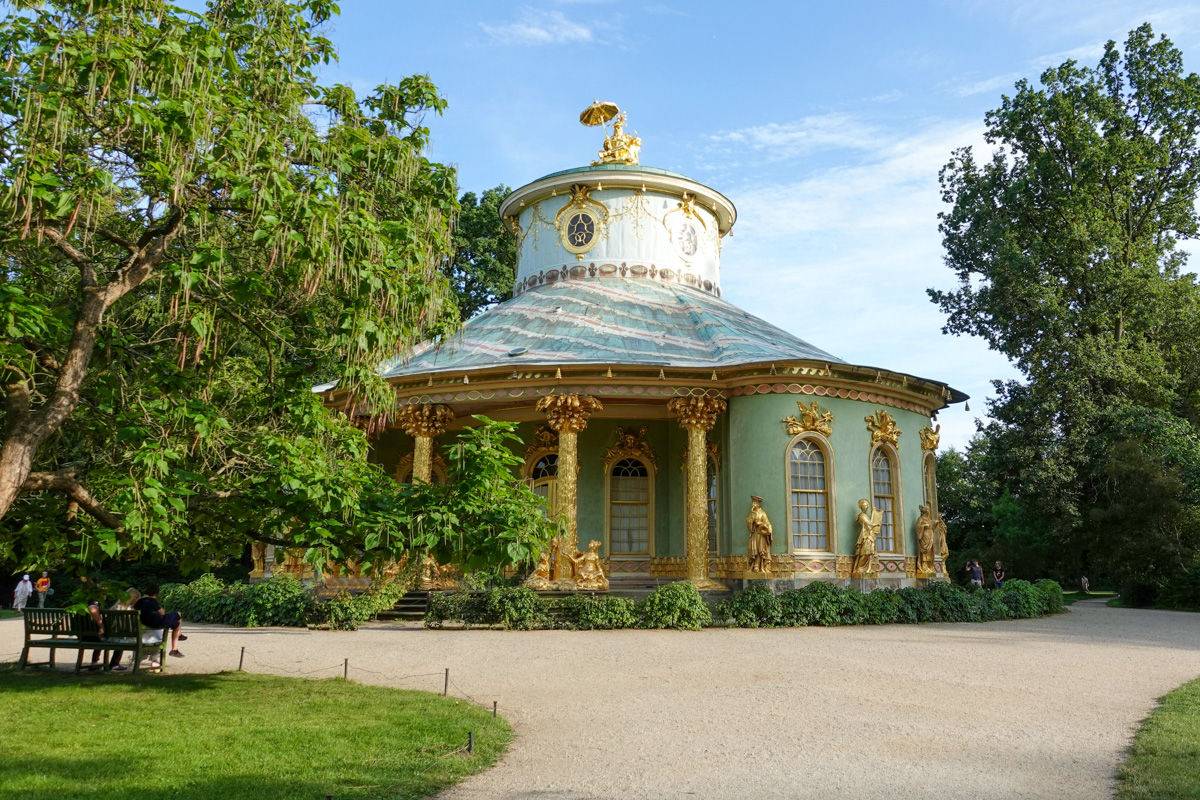
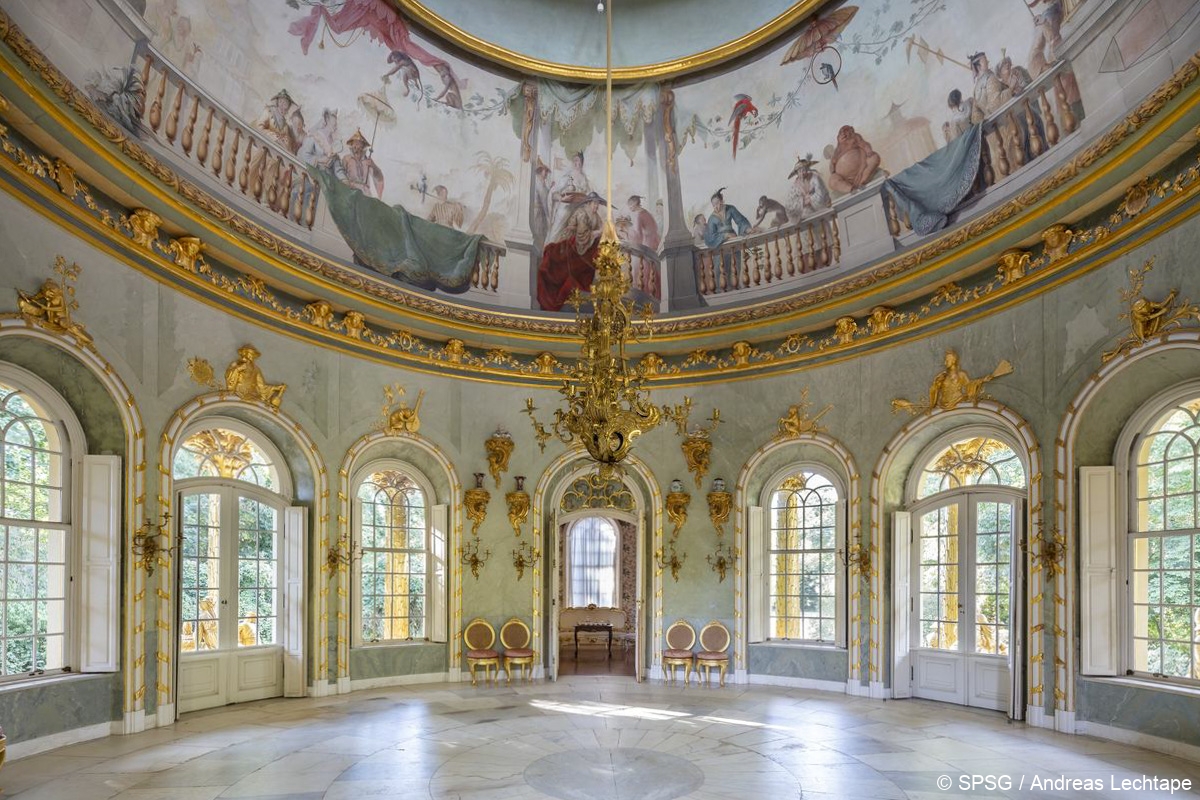
…the Picture Gallery, a custom-built museum housing Frederick II’s collection of art…
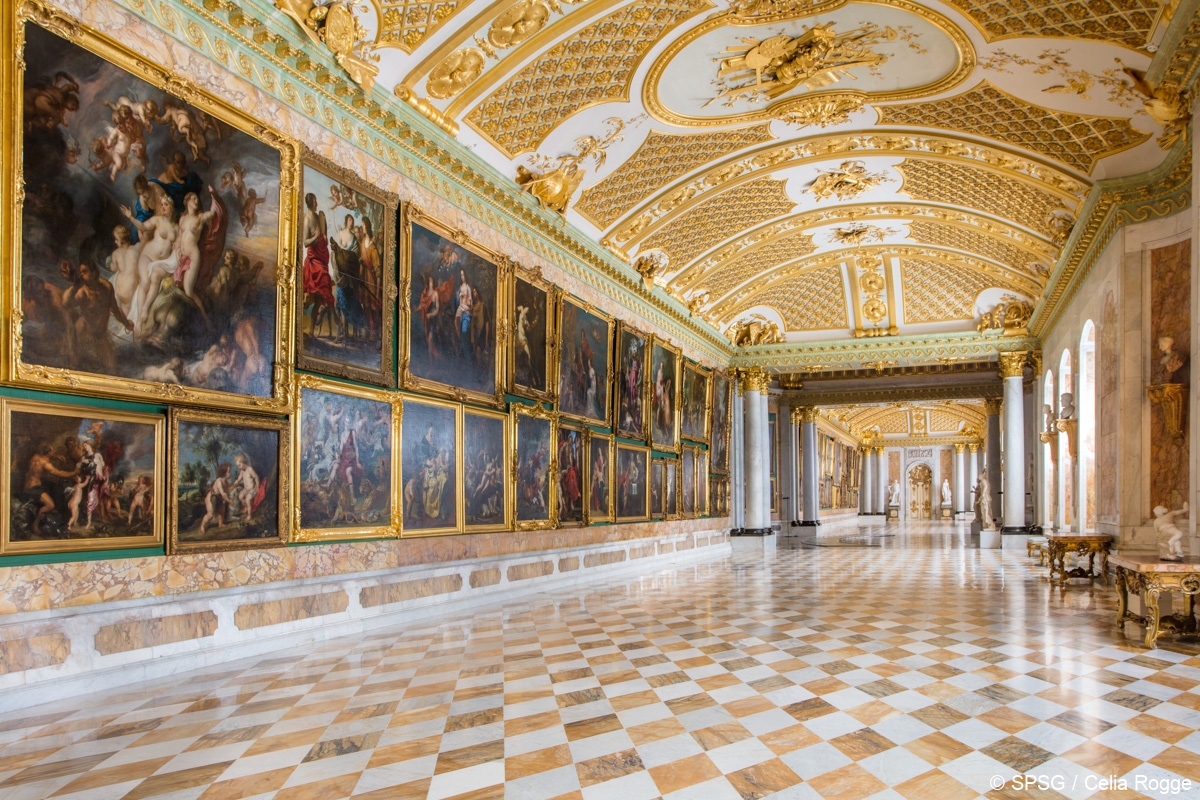
…the New Chambers, which served as a lavish guesthouse…
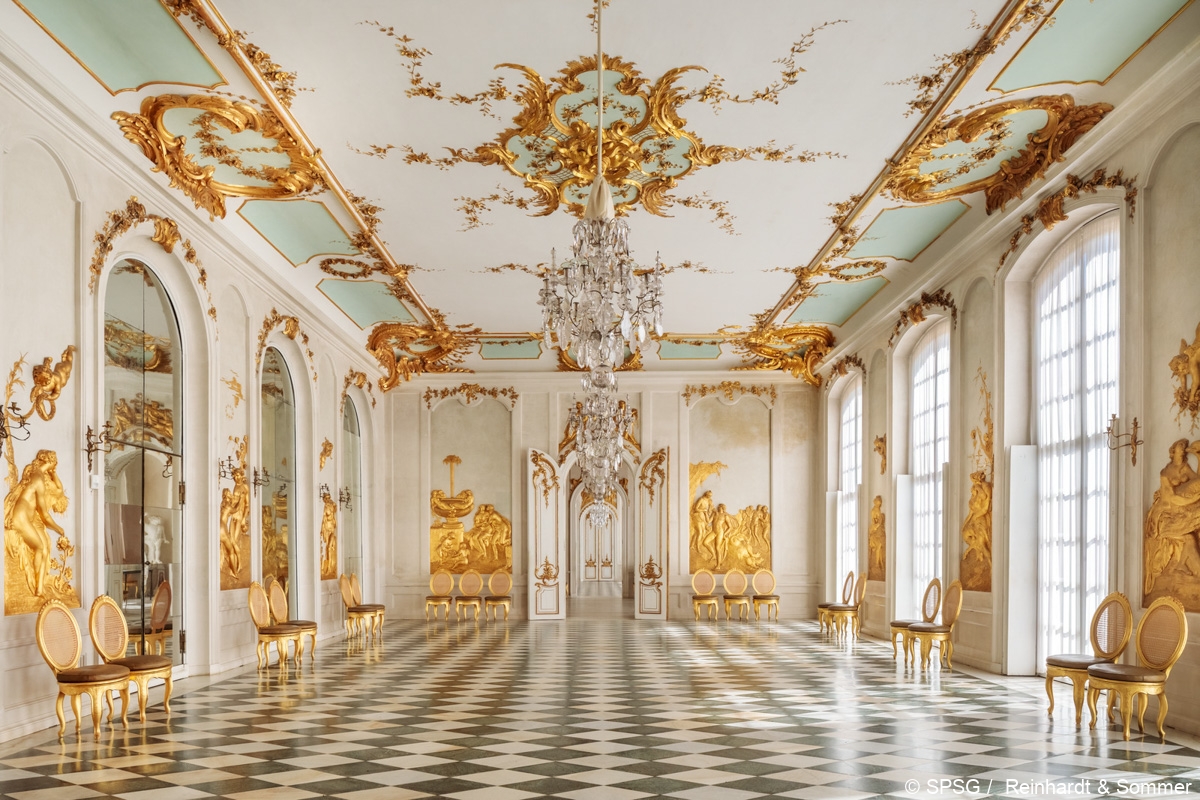
…the New Palace, a grand palace for formal state receptions, and the Roman Baths, a complex modeled after ancient Roman villas.
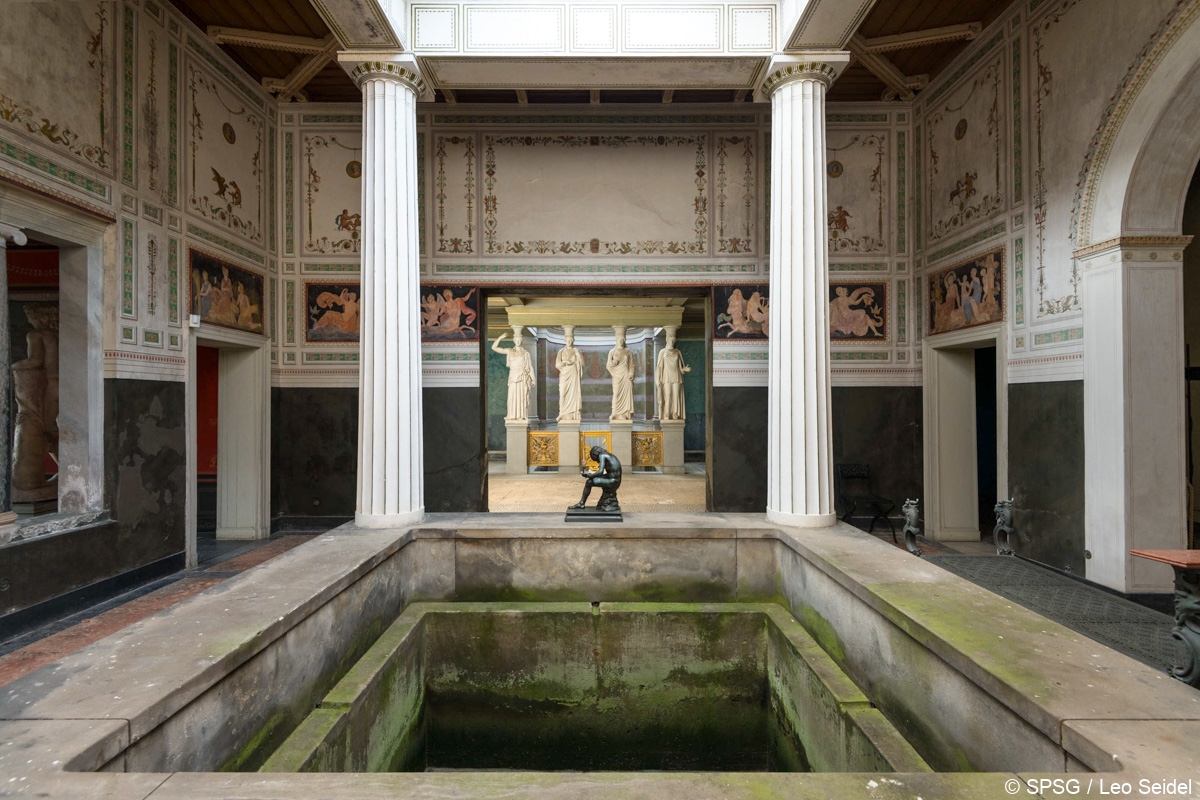
Sanssouci Park and its palaces and other structures are protected as part of a UNESCO World Heritage Site that encompasses additional palaces, villas and parks around Potsdam and Berlin.
The town of Potsdam itself is rich in history. It hosted the Potsdam Conference in 1945 and contains a wealth of intriguing architectural styles, including Tudor Revival villas, Dutch townhouses and rustic Russian cottages amid orchards.
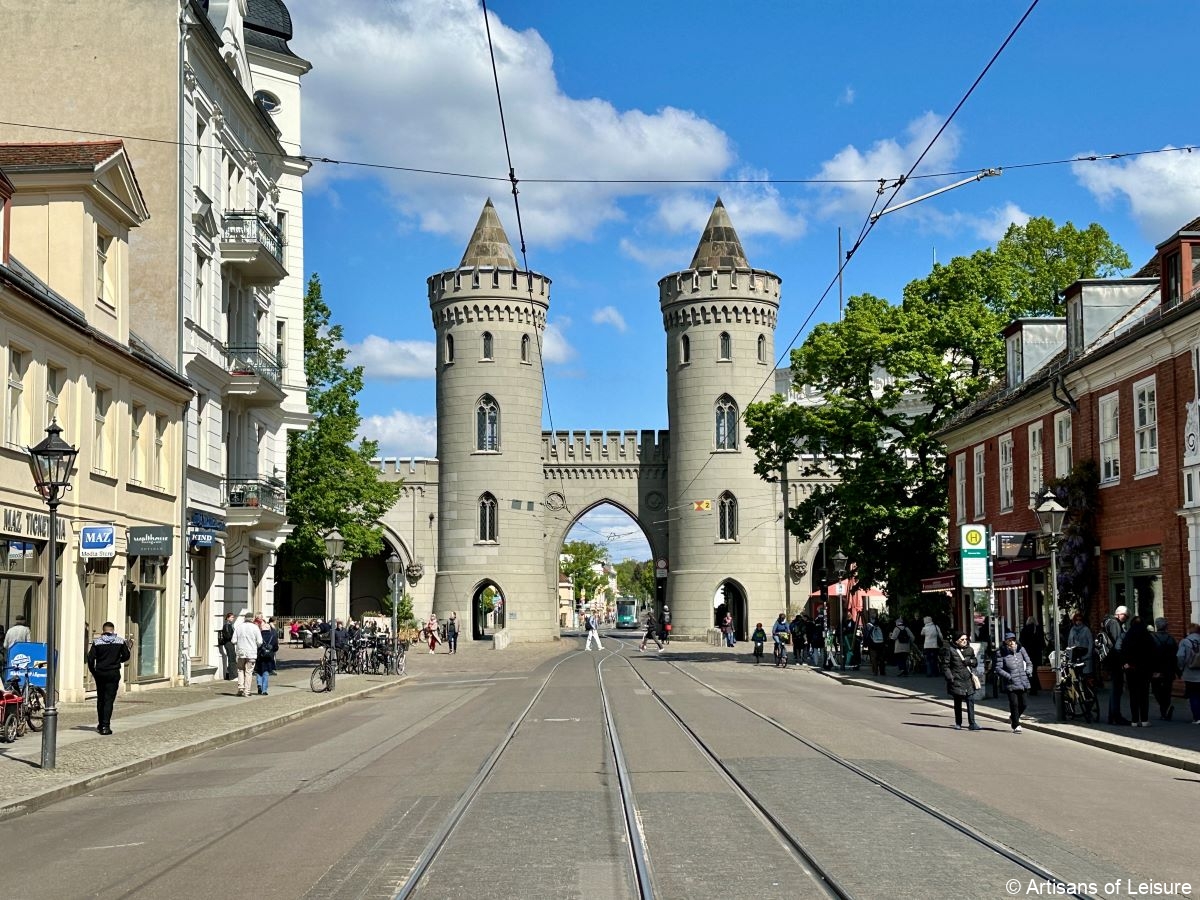
Contact Artisans of Leisure to begin planning a private Germany tour featuring our favorite palaces, interiors and gardens in Potsdam and the Berlin area.
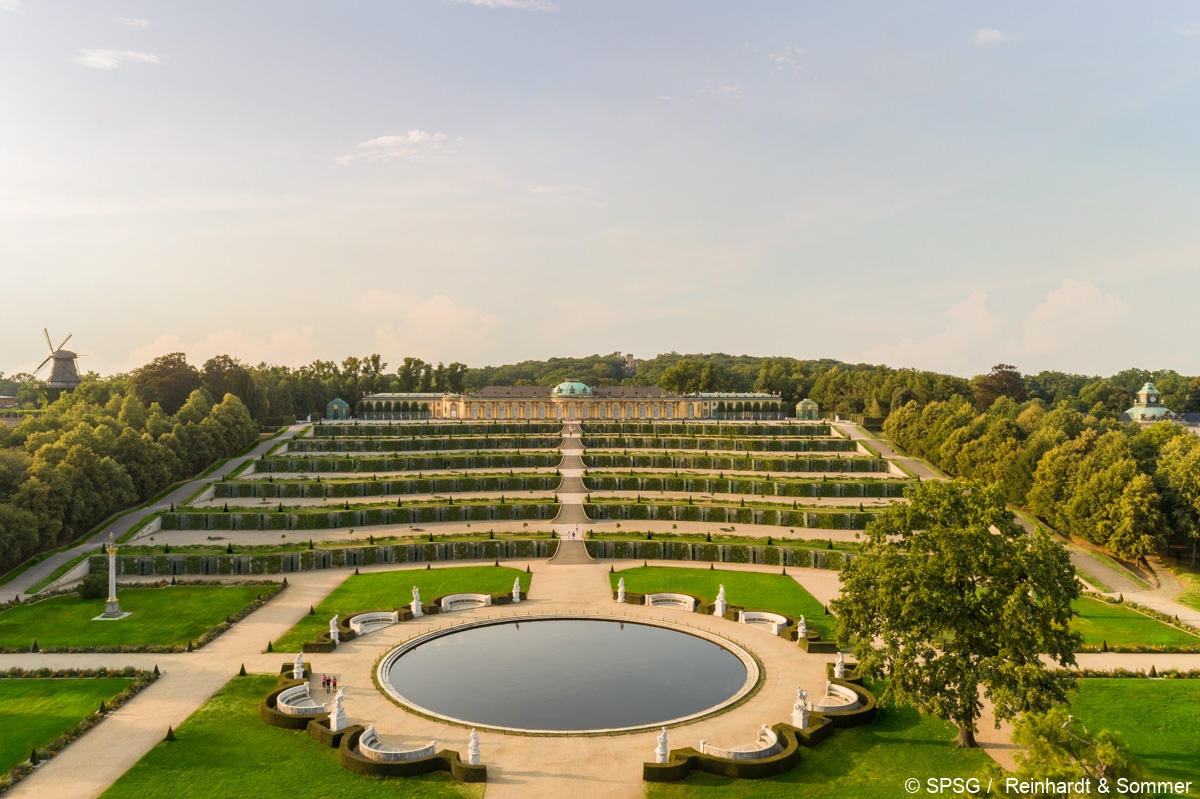
Tags: architecture, art and design tours, Berlin, Berlin excursions, Berlin private tours, Berlin tours, design tours, garden tours, gardens, German art and design, German history, Germany, Germany garden tours, Germany palaces, Germany tours, history tours, interiors, interiors tours, landscape architecture, luxury Germany tours, palace interiors, Potsdam, Potsdam private tours, Potsdam tours, private Berlin tours, Rococo, Sanssouci, Sanssouci Palace

 MENU
MENU